9 Warning Signs Your Gutters Are Clogged (And Why It Matters for Your Home)
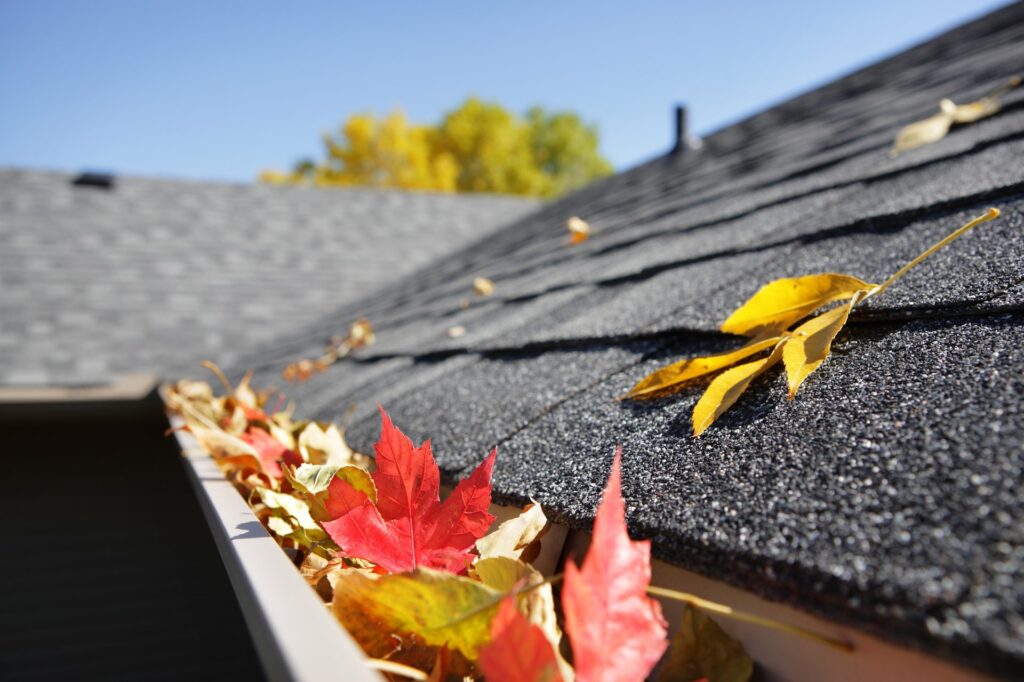
When it comes to home maintenance, clogged gutters are often overlooked—until they cause serious (and expensive) damage. From flooded basements to eroded landscaping, blocked gutters can wreak havoc on your property. But how do you know when it’s time to act? In this guide, we’ll cover the most common signs of clogged gutters, what causes the problem, and how to find professional help for gutters near me.
At United Gutters, we specialize in keeping your gutter systems running smoothly all year long. Don’t wait until water is spilling over—know the warning signs early and take control before minor issues become major problems.

Why Gutter Health Matters
Your gutter system is designed to do one critical job—divert water away from your home. When functioning properly, gutters protect your foundation, siding, landscaping, and even your indoor spaces from water damage. But when clogged, the consequences can quickly multiply.
Routine maintenance and seasonal checks are essential, especially if you’ve searched online for gutters near me due to overflowing, sagging, or pooling water. Let’s explore the most common signs of a clogged gutter system so you know exactly what to look for.
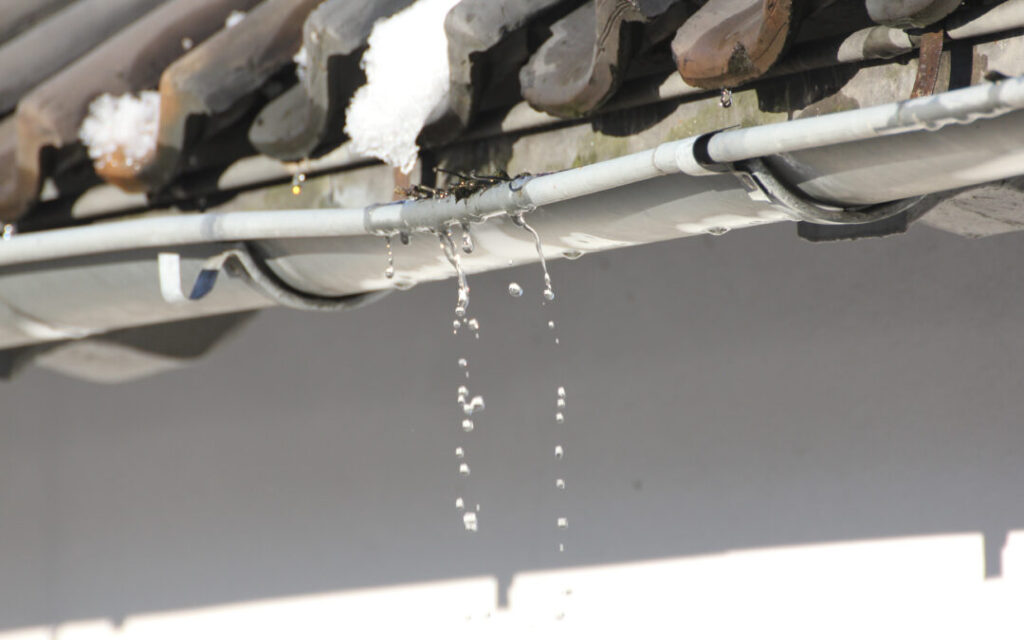
1. Water Spilling Over the Gutter Edges
One of the most obvious signs of a clog is water spilling over the edges of your gutters during rainfall. Instead of being channeled through the downspouts, rainwater escapes over the sides, often soaking your siding or pooling at the base of your home. This can lead to mold, rot, and foundational damage.
Pro Tip: The next time it rains, take a moment to watch how your gutters handle the water. If it looks like a waterfall cascading off your roof—your gutters need attention ASAP.

2. Sagging or Pulling Gutters
Clogged gutters often become heavy with standing water and debris. Over time, this excess weight can cause gutters to sag, pull away from the fascia, or even collapse. You might notice loose brackets, bent sections, or gutters that appear lower than usual.
This is not just a cosmetic issue. Sagging gutters lose their slope, which prevents proper drainage and accelerates clogs.
3. Little or No Water Coming From Downspouts
Downspouts are the exit route for all collected rainwater. If you notice minimal water (or none at all) draining from them during a storm, it’s a red flag. This often means the gutters or the downspouts themselves are blocked.
Sometimes, debris like leaves, twigs, or even small animals can form a plug that prevents water from passing through the system. Without this outlet, water overflows back into the gutters and against your home.
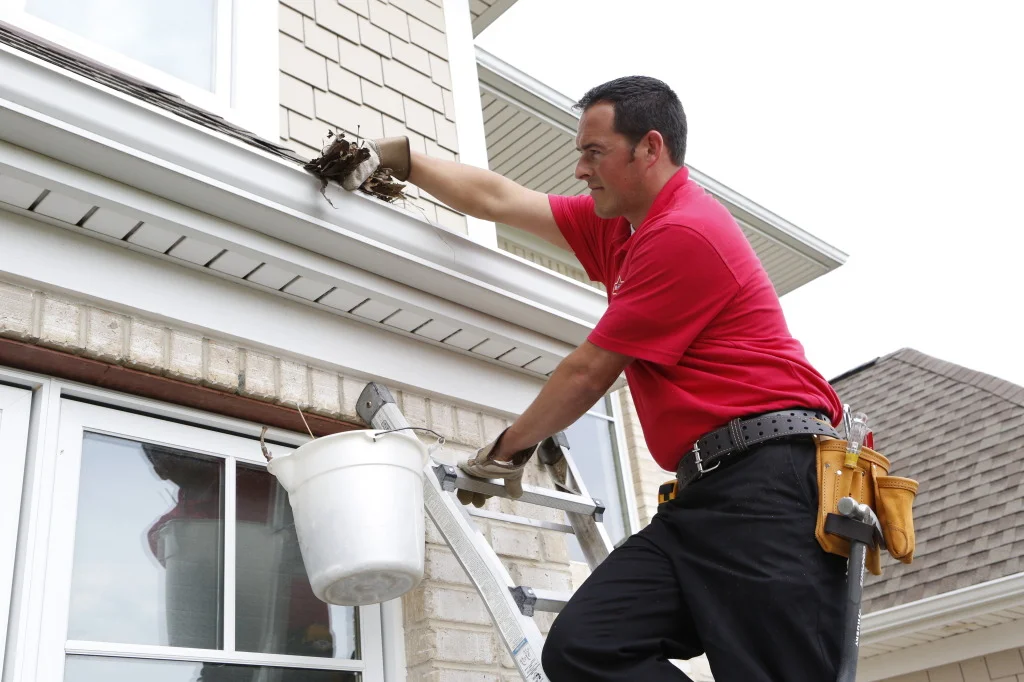
4. Standing Water Near the Foundation
Water pooling around your home’s perimeter can spell disaster for your foundation. When gutters fail to redirect water, that runoff seeps into the soil, causing erosion, shifting foundations, and basement flooding.
Signs of water intrusion—such as damp basement walls, musty smells, or visible puddles—could indicate that your clogged gutters are to blame.
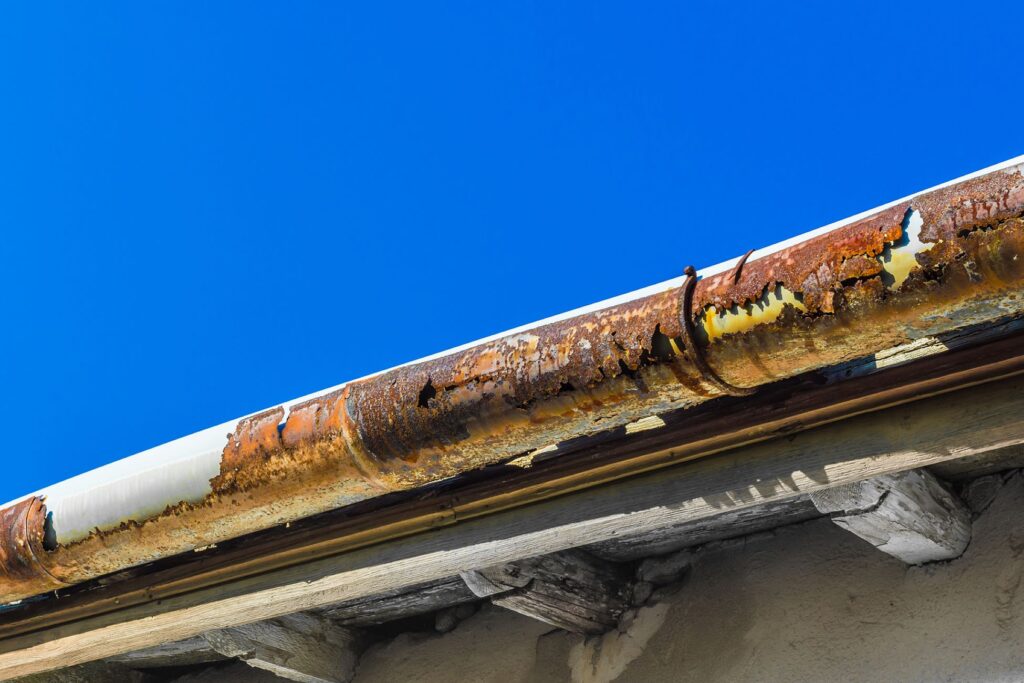
5. Stained or Mildewed Siding
Overflowing water doesn’t just disappear. If you’ve noticed streaks, mildew patches, or discoloration on your siding, your clogged gutters may be the cause. Dirty runoff water can leave unsightly “tiger stripes,” while moisture promotes the growth of mold and mildew.
These issues can be both cosmetic and structural, leading to siding damage or wood rot if ignored.
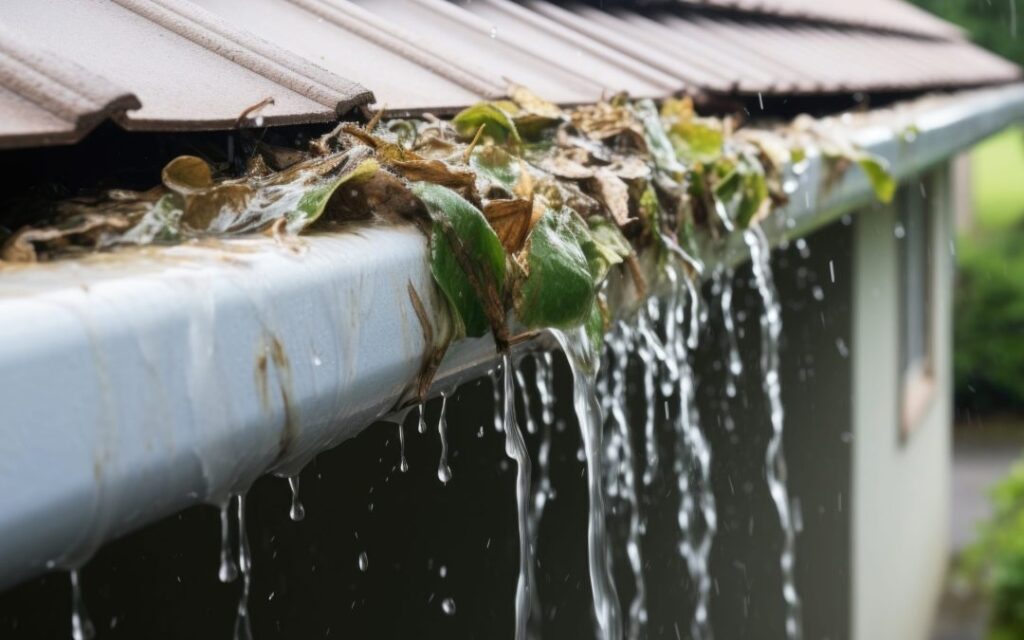
6. Plant Growth in Your Gutters
Yes, you read that right—plants can grow in your gutters. Seeds from nearby trees and plants can settle into debris-filled gutters, and with enough water and sunlight, you may find yourself with a mini garden along your roofline.
While it might seem humorous at first, this growth further obstructs water flow and attracts critters, only worsening the problem.
7. Animals Nesting in the Gutter
Clogged gutters provide an inviting environment for birds, squirrels, insects, and even snakes. Nesting animals not only block water flow but can cause physical damage as they dig, scratch, or burrow into the system.
If you hear scratching sounds, see birds frequently on your roof, or spot nests forming, it’s a good indicator your gutters are full of debris and in need of a cleaning.

8. Rust or Visible Damage
Gutters made of metal, particularly older ones, are vulnerable to rust when water sits for too long. If you notice rust spots, pinhole leaks, or cracking paint around your gutters, it’s likely that stagnant water from a clog is to blame.
Beyond affecting the appearance of your home, rusted or broken gutters can completely fail under the weight of the next big storm.

9. Interior Water Leaks or Dampness
In the worst-case scenario, clogged gutters cause water to back up under your roof shingles, seep into walls, or drip down into living spaces. This can lead to:
- Peeling paint on walls or ceilings
- Water stains or bubbling drywall
- Mold or mildew smells inside the home
Water intrusion can be especially hard to trace if it’s hidden inside attic or crawlspace areas. If you’re experiencing any unexplained moisture indoors, it may be time to inspect your gutters.
Causes of Clogged Gutters
While debris is the most common cause of gutter blockage, there are other factors to consider:
- Improper Gutter Slope: If your gutters aren’t angled correctly, water can pool instead of flowing to the downspouts.
- Lack of Gutter Guards: Without a barrier, gutters are more susceptible to leaf and branch accumulation.
- Weather Damage: Hail, heavy snow, or strong winds can dent or shift gutter sections.
- Aging Materials: Over time, gutters can deteriorate, sag, or separate at the seams, making them more prone to clogs.
DIY vs. Professional Cleaning
Cleaning gutters isn’t necessarily a glamorous task—but it’s essential. While some homeowners prefer the DIY route, there are important safety and efficiency factors to consider:
DIY Gutter Cleaning
- Pros: Cost-effective, flexible scheduling.
- Cons: Ladder safety risk, limited reach, no damage assessment.
Professional Gutter Cleaning
- Pros: Safe, thorough, and includes inspection for damage or future issues.
- Cons: Higher upfront cost, but saves money on repairs in the long run.
Need help with maintenance or cleaning? United Gutters offers full-service cleaning, repairs, and inspections for gutters near me. Be sure to read our blog on how to reduce your gutter repair cost for smart, budget-friendly tips.
How to Prevent Future Clogs
Once your gutters are clean and functional, consider these prevention tips:
- Install gutter guards to reduce debris buildup.
- Trim trees away from your roofline.
- Schedule biannual inspections—spring and fall are ideal.
- Read expert advice from a gutter contractor near me for maintenance strategies.
Final Thoughts: Don’t Ignore the Signs
Clogged gutters can go from a small annoyance to a big problem overnight. Whether it’s sagging, overflows, or critters making themselves at home—recognizing the warning signs is the first step in protecting your investment.
If you’ve noticed any of these red flags and are searching for trusted help with gutters near me, look no further than United Gutters. With top-rated service, seasonal maintenance plans, and reliable repair work, we’re here to make sure your home stays safe, dry, and damage-free.
